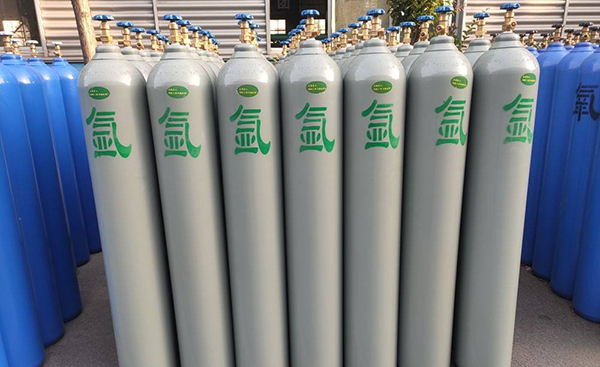Argon
Release Date: 2022-06-16 10:06:31 Visit: 208

Argon (Ar2) is a colorless and odorless inert gas. In high concentrations, it can cause suffocation. Argon is an atmospheric gas (0.93% by volume) generally obtained by separating air. Crude argon containing no more than 5% oxygen is extracted from the main air separation column and purified to the desired commercial purity level. Argon is the most common noble gas in the Earth's atmosphere. It can be obtained from the oxygen produced by air separation, mainly used as an inert protective gas for independent use or special mixed gas in welding type.
Argon can also be recovered from the off-gas of some ammonia plants. Argon is widely used in many industries. One of the more common is as a shielding gas in arc welding - either pure argon or as part of a gas mixture. Argon is also one of the main filling gases used for incandescent lamps (filaments), phosphor tubes and thyratron tubes.
Argon can also be used as a carrier gas for chromatography, sputtering, plasma etching and ion implantation. It provides an argon-sealed environment for crystal growth, viticulture, and pharmaceutical packaging. Argon mixed with fluorine and helium can be used in excimer lasers. As an insulating gas, argon is also a popular way to increase the thermal insulation effectiveness of energy efficient windows.
Argon is also used as a shielding gas in the iron, steel, and heat treatment industries—especially those metals sensitive to nitridation are treated in a nitrogen-based atmosphere.
Other lesser applications include freezing, refrigeration, decarburization of stainless steel, airbag inflation, fire suppression, spectroscopy, cleaning or balancing of spectrometers in laboratories.
Application of Argon:
l Welding protection
l Heat treatment and quenching Carboflex
l Heat treatment powder metallurgy Sinterflex
l Heat-treated aluminum casting





